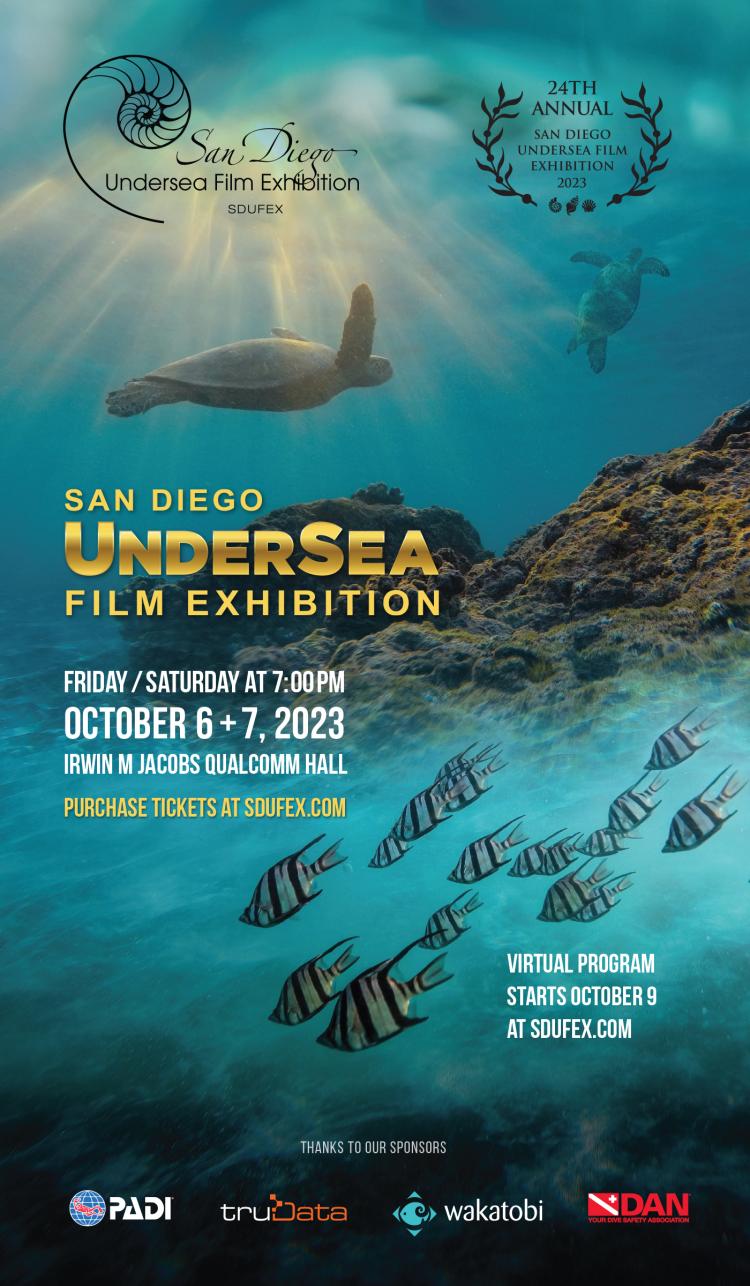DAN at 2024 Scuba Show
Divers Alert Network (DAN), the world’s leading dive safety organization, will connect with attendees next weekend at Scuba Show, Saturday, June 1, and Sunday, June 2, at the Los Angeles Convention Center.
Throughout the event, the DAN team will be recording video testimonials in room 402A-B, located on the second floor of the venue near the event seminars.













